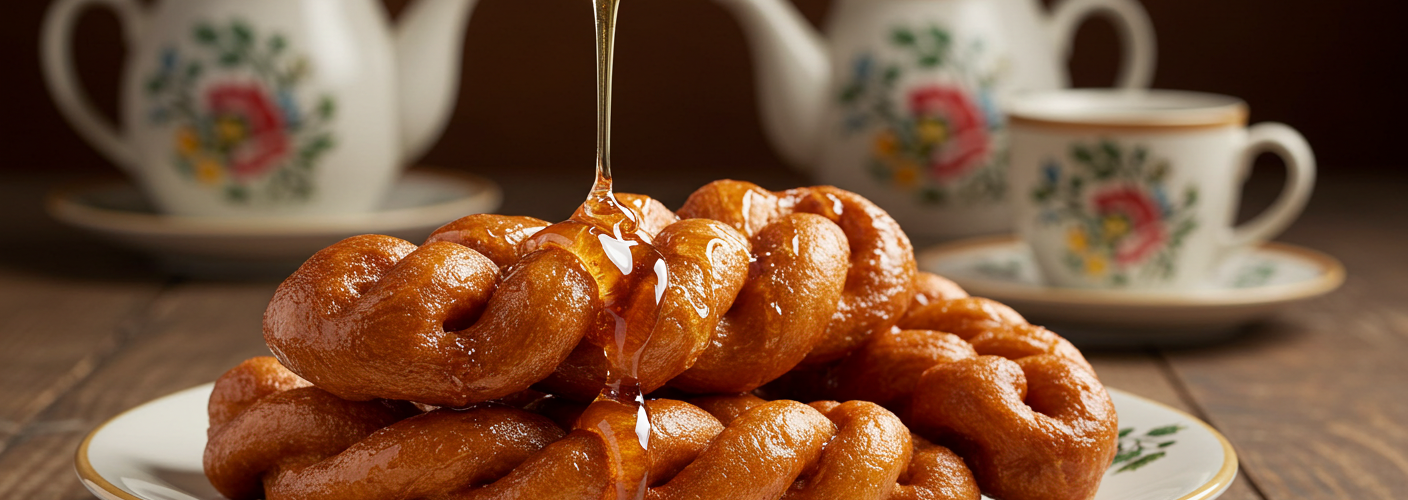When it comes to sweet treats that warm the heart and tantalize the taste buds, few can rival the deliciousness of South African koeksisters. These delightful pastries are a staple in South African cuisine, offering a unique blend of flavors and textures that make them a beloved snack or dessert. Made with fried dough and infused with syrup and honey, koeksisters are more than just a food; they represent South African culture and community.
Koeksisters originate from the Cape Malay community, and their history is as rich as their flavor. The name “koeksister” is derived from the Dutch word “koek,” which means cake, and “zuster,” meaning sister. This charming name reflects the close ties within families and communities, where these doughy delicacies are often made in large batches to be shared during gatherings and celebrations.
The preparation of koeksisters is a labor of love, involving a meticulous process that transforms simple ingredients into something spectacular. The dough typically consists of flour, sugar, baking powder, and a hint of spice, creating a tender yet crispy pastry. Once the dough is mixed and rolled out, it’s cut into twisted shapes before being fried to golden perfection. This frying process is crucial as it gives the koeksisters their delightful crunch on the outside while keeping the inside soft and fluffy.
However, what truly sets koeksisters apart is their syrup infusion. After frying, the pastries are doused in a sweet mixture that often includes sugar, cinnamon, and sometimes a splash of lemon or orange for added zest. This syrup is absorbed by the warm koeksisters, resulting in a decadent treat that is both syrupy and sticky—perfectly complementing the crispy exterior. Some variations even incorporate honey, adding an extra layer of depth to their sweetness.
Koeksisters are often confused with their Cape Malay counterpart, the “syrup-fried koeksister,” which is a little thicker and has a slightly different texture. In fact, the two share a common origin but have evolved into unique treats. While the traditional koeksister is more commonly found, both versions are delicious and widely enjoyed across South Africa.
Serving koeksisters is an art in itself. They can be enjoyed warm, fresh from the fryer, or allowed to cool slightly to allow the syrup to set. Typically eaten as a snack or dessert, they’re often accompanied by a cup of tea or coffee, making them a perfect choice for afternoon gatherings. In South Africa, you’ll find them at weddings, street markets, and family celebrations—each bite is a reminder of the rich tapestry of cultures that make up the country.
Beyond their delicious taste, koeksisters also have a strong cultural significance. They symbolize togetherness and generosity, embodying the South African spirit of sharing and hospitality. When you partake in these sweet treats, you’re not just enjoying a snack; you’re participating in a tradition that has been passed down through generations.
In conclusion, South African koeksisters are a wonderful fusion of flavor, culture, and community. Whether enjoyed during special occasions or as an everyday treat, they embody the warmth of South Africa’s culinary heritage. So next time you crave something sweet, consider indulging in a koeksister—a delightful taste of South African history and hospitality.




Add comment